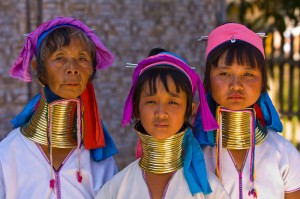First Nations communities are often marginalized and have poor access to services in areas such as youth, employment, and so on. They also face a number of challenges regarding access to educational technology related to their marginalized social positioning. Therefore, to battle against this issue it is crucial for First Nations people to take advantage of technology, especially the Internet, to get connected to one other and rebuild a sense of community. First Nations councils in Canada aim to improve and better reflect the culture, education, and other needs of the First Nations.
The First Nations Education Council (FNEC) was created in 1985 with the mission to achieve full jurisdiction over education of all First Nations children and their communities in the Nations of Quebec. Their philosophy is that only First Nations people can develop an education system that is based on First Nations values. The FNEC supports, promotes and safeguards the lifelong education and the unique cultural identity of First Nations. FNEC priorities include installing fiber optics in all FNEC-member communities, supporting the funding of vocational training programs, compelling the federal government to adopt a new funding formula for First Nations schools to put an end to their chronic underfunding, and so forth.
In September 2013, in Saskatchewan, the 12 First Nations of the Prince Albert Grand Council (PAGC) announced that each of them plan to develop their own education acts, aiming to better reflect the culture and needs of the First Nations, according to this article. The acts will recognize First Nations culture, language, academic achievement, and First Nations jurisdiction over education—asserting their indigenous right and authority over their children’s education.


